7 common dehumidifier mistakes you could be making — and how to avoid them
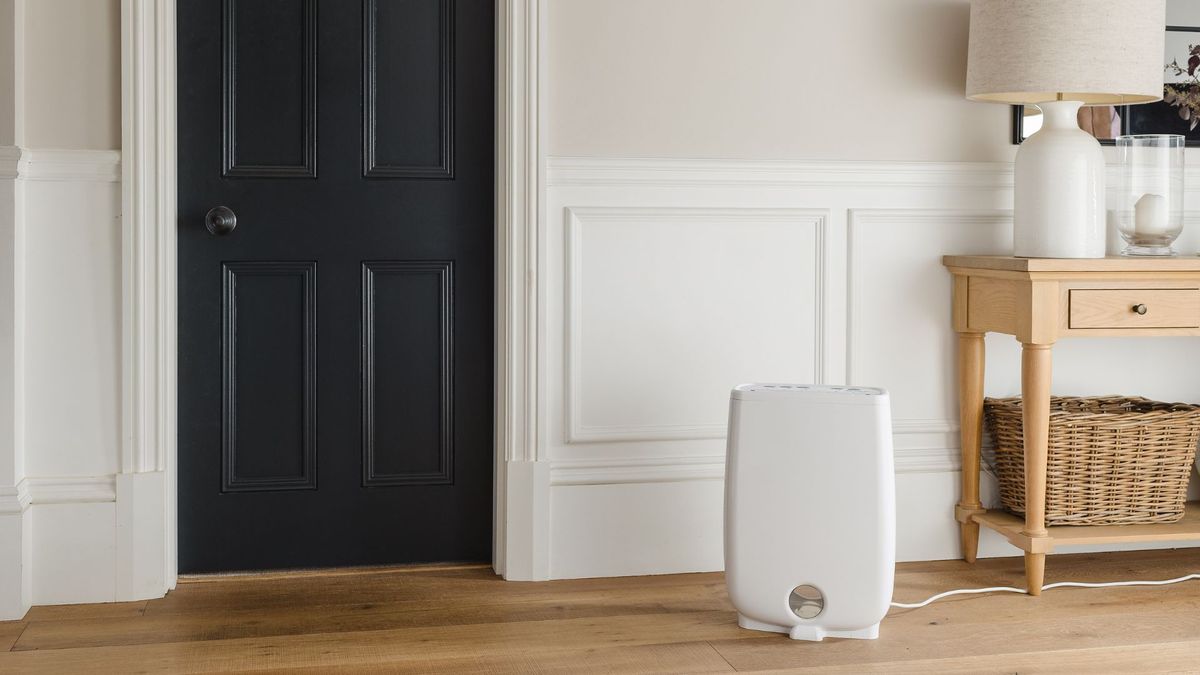
A dehumidifier can become the perfect companion in your home for keeping the moisture and damp out, and the mold and mildew away. While buying one of the best dehumidifiers is a great start, making sure you know how to use it correctly is key. Following the instructions in the owner’s manual is essential to using it in the right way, but there’s still some pitfalls you could be falling into. Luckily, we’ve compiled a list of the 7 most common dehumidifier mistakes you could be making, so you can get the most out of your home appliance.
We’ve spoken to industry experts to provide guidance on the mistakes they see the most, and how to avoid them. There’s also some top tips for best use. Only a few things stand in the way of the dehumidifier being a groundbreaking way of filling your home with clean air, removing excess moisture, preventing mold, and even drying your clothes. A dehumidifier can also be incredibly energy efficient, if you’re using it correctly.
We asked home appliance experts from leading dehumidifier brands for the most common dehumidifier mistakes they see consumers making. Here’s what they said.
1. Choosing the wrong size
The size of dehumidifier you need depends on the size of the room and how much excess moisture it has. “Using a dehumidifier that is too small for the home will not effectively control humidity, you are best sizing the dehumidifier with the whole home and the number of people in the home, rather than just an individual room,” says Chris Michael, Managing Director of Meaco.
The best way to determine what a dehumidifier can handle is by its pint capacity. They generally come in three sizes; 45-50-pints (large), 30-pints (medium), and 20-22-pints (small). The bigger the capacity, the larger space it can contend with.
2. Wrong placement
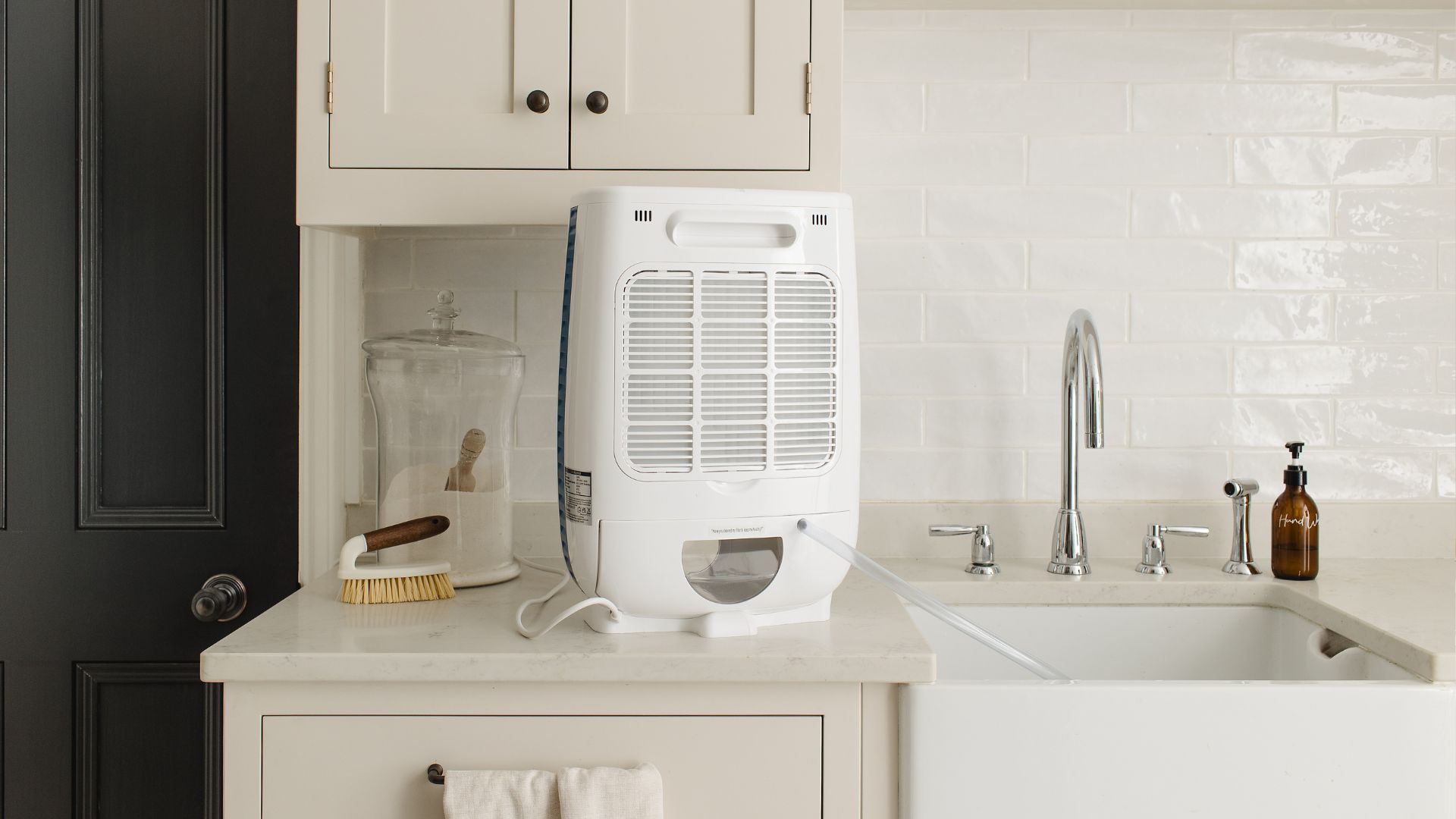
There are a few different ways you could be making this common mistake of placing your dehumidifier incorrectly. Firstly, “placing the dehumidifier too close to walls or furniture can obstruct airflow, decreasing its effectiveness. It is essential to place it in a well-ventilated area with sufficient space around it,” says Michael.
Secondly, keep your dehumidifier away from doors, windows, or air vents to reduce the risk of a draft. It’s best to place it somewhere central, as well as somewhere that is affected by the most moisture.
Lastly, Marc Duckworth, Product Manager at Product Care Group for Russell Hobbs, says “People often place their dehumidifiers in a corner, but we recommend that you place it at least 20cm from any obstructions to ensure the vents aren’t blocked and air flow restricted. A dehumidifier works by drawing in and expelling air via the vents, so being this distance from a wall ensures the correct amount of air flow.”
3. Setting the wrong humidity levels
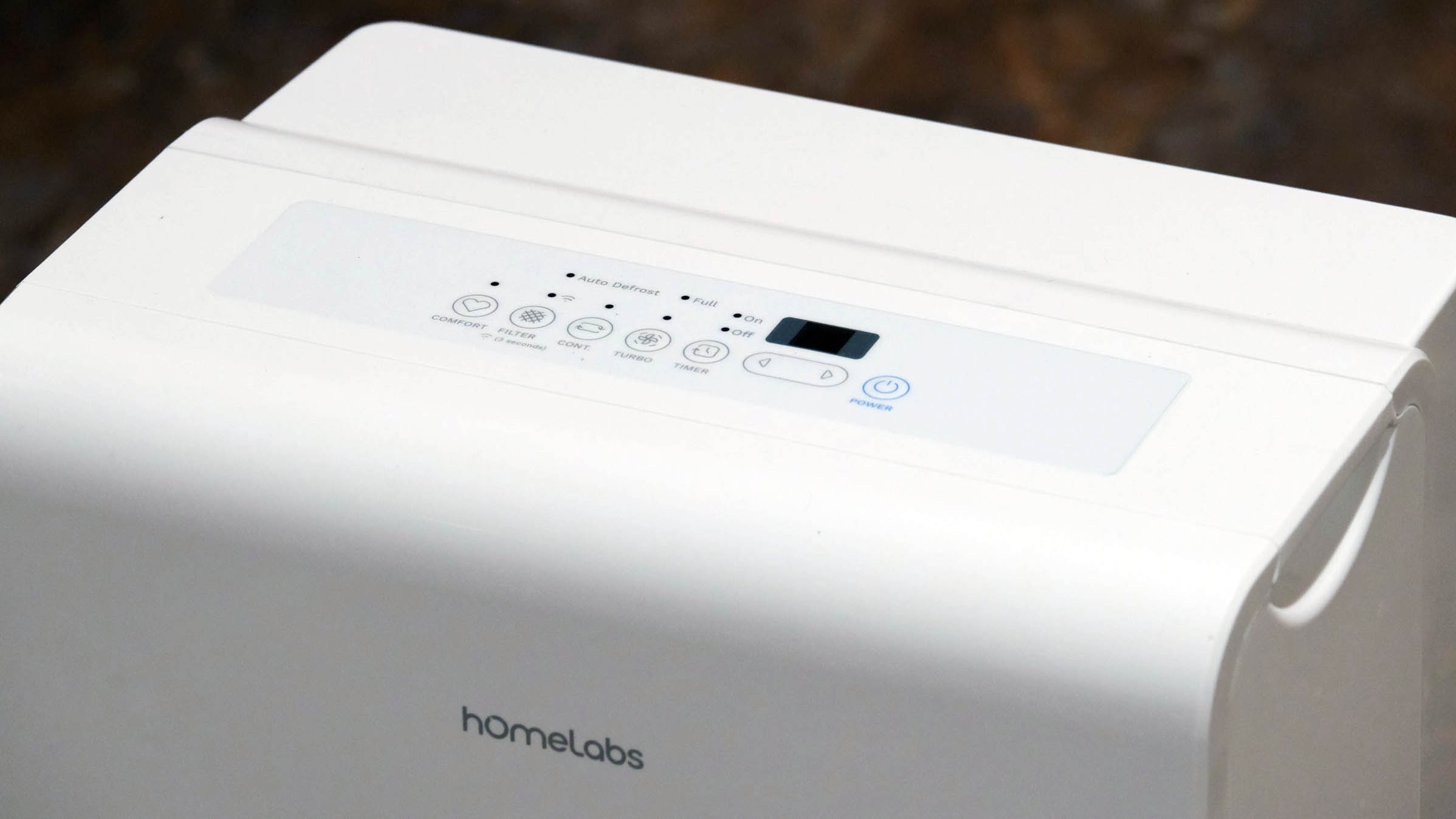
“Another common mistake is that sometimes people use the wrong humidity settings on their dehumidifier. The recommended humidity level in a room is 45% to 55%, therefore the unit should also be set between 45%-55%,” says a representative from Pro Breeze.
But, it is important to set a humidity level, instead of leaving it altogether. Speaking with Clark Lambert, Senior Buyer for Avalla, he says, “It’s easy for people to not set the desired target humidity which means the unit will automatically shut off too soon. In theory it is possible to over dehumidify a space by going beyond the recommended safe levels for humidity. These vary depending on the source but as a rough guide, we recommend not going below 30%.”
4. Not cleaning it
A dehumidifier needs regular cleaning to ensure its efficiency and to prolong its lifespan, especially when it comes to the air filter. “If the air filter is dirty or covered in dust, the dehumidifier will not do its job as the air will not be able to pass through. Running a dehumidifier with a dirty or blocked filter will reduce the extraction capacity of the machine and will increase its noise level and energy consumption,” says Michael.
Luckily, we’ve put together a guide on how to clean your dehumidifier with expert tips, including how to clean the filter, the exterior, and how often you need to do it. Many experts, including Duckworth, suggest regular cleaning “At Russell Hobbs, we recommend cleaning the filter every two weeks by wiping it down with warm soapy water to get rid of dust and dirt.”
We’ve also covered the best way to clean a humidifier to keep your appliance in perfect working condition.
5. Not emptying the water container
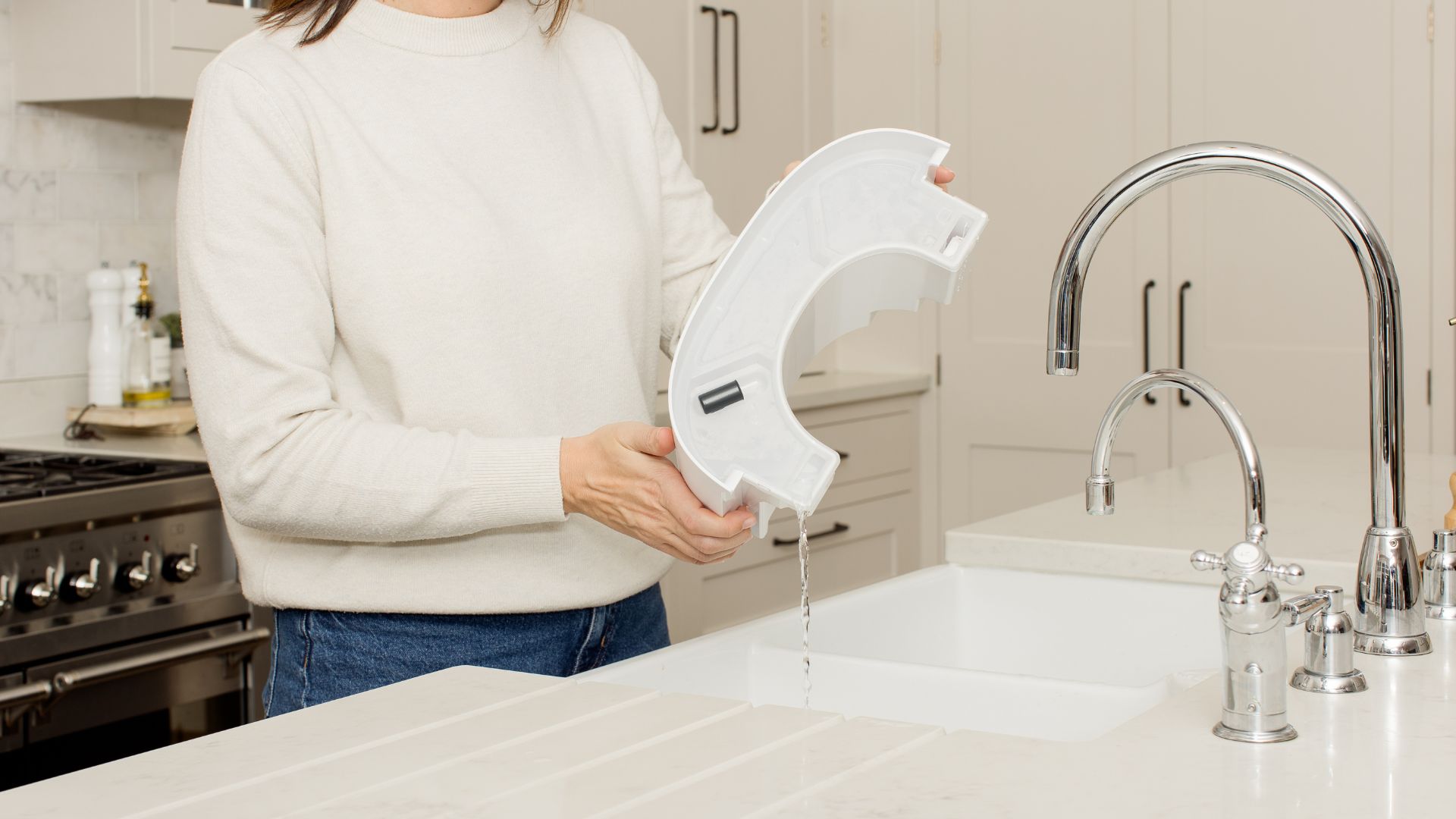
When a dehumidifier is full of water, it will automatically turn off, Michael says, “The longer you leave it before emptying the dehumidifier the longer it is not dehumidifying your home for you.” As an easily removable component of any dehumidifier, removing the water container is simple and should be performed after every use.
Lambert also suggests, “If you have a large amount of humidity or constant humidity to deal with, such as fresh plastering or a damp basement, remember to use the constant drainage hose. It’s easily overlooked and means you don’t have to keep emptying the tank.”
6. Keeping it turned off
Meaco’s Chris Michael says one of the biggest mistakes users make is only running their dehumidifier for a few hours a day or only at night. While it might seem like that’s the best and only time you’ll need it, he says, “Leave your dehumidifier on, set to 55%rh, so that the machine can decide when it should be running and when it should be turned off.“
This will ensure that moisture continues to be kept under control rather than being “absorbed by organic material in the home whilst it is off and the cycle of moisture damage can continue.”
7. Choosing the wrong model
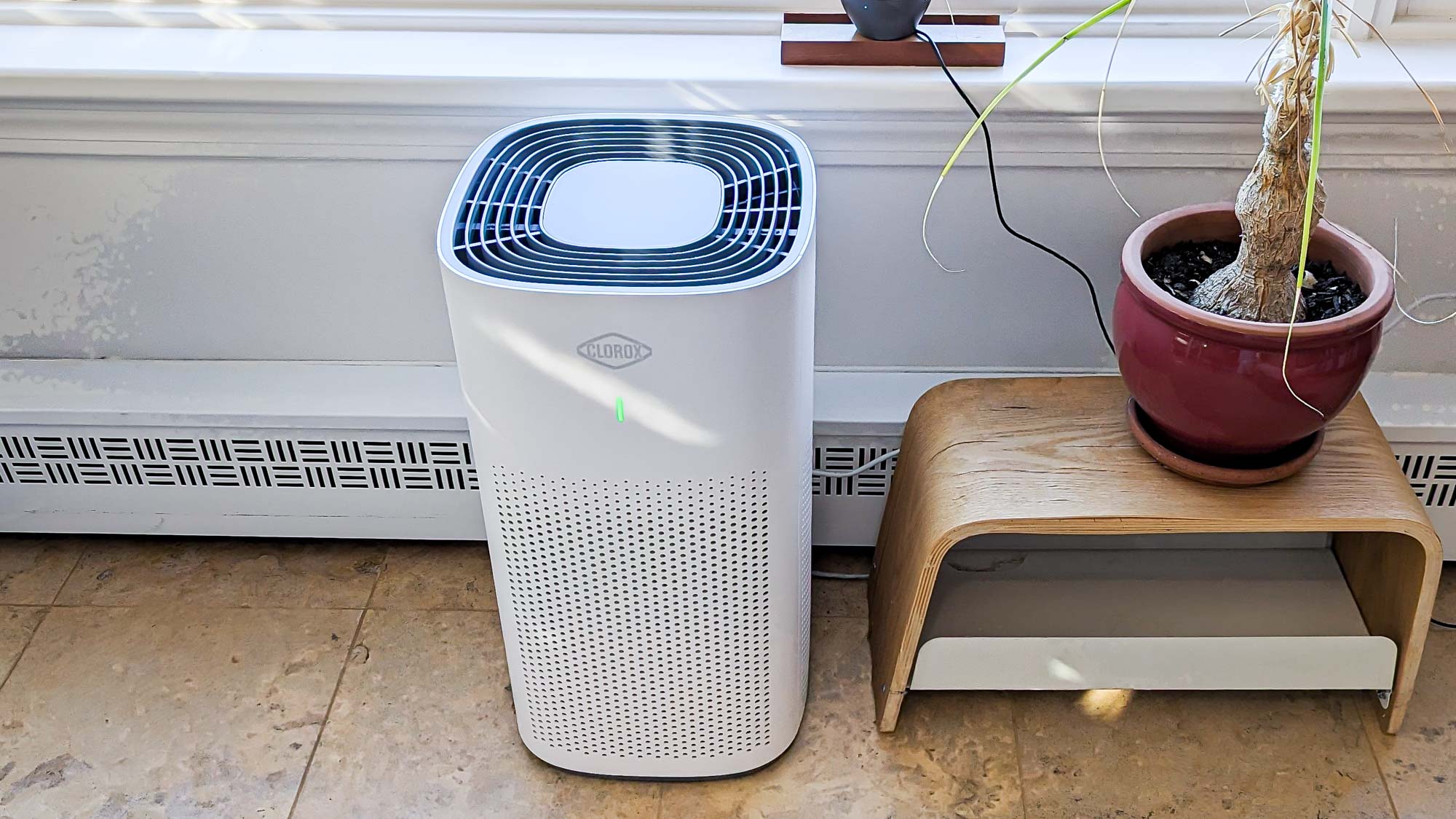
Finally, there’s the decision between whether you need to purchase a desiccant or compressor dehumidifier for your home. While both are effective at extracting moisture, they have slightly different uses.
Meaco’s Chris Michael says, “Desiccants are more efficient at lower temperatures which makes them suitable for unheated rooms such as garages, basements, or utility rooms. If the temperature in the room is likely to drop below 50°F then a desiccant is more suitable.
It also emits heat as part of the dehumidification process which is useful in cold rooms. If you intend on using a dehumidifier inside the house at normal household temperatures (typically between 68 and 74 degrees Fahrenheit) then a compressor type is more suitable as its condensing technology is more energy efficient at these temperatures.”
Clark Lambert adds, “Be sure to check noise levels, minimum operating temperatures and how quickly they can extract moisture based on your requirements.”
More from Tom’s Guide
Source link


